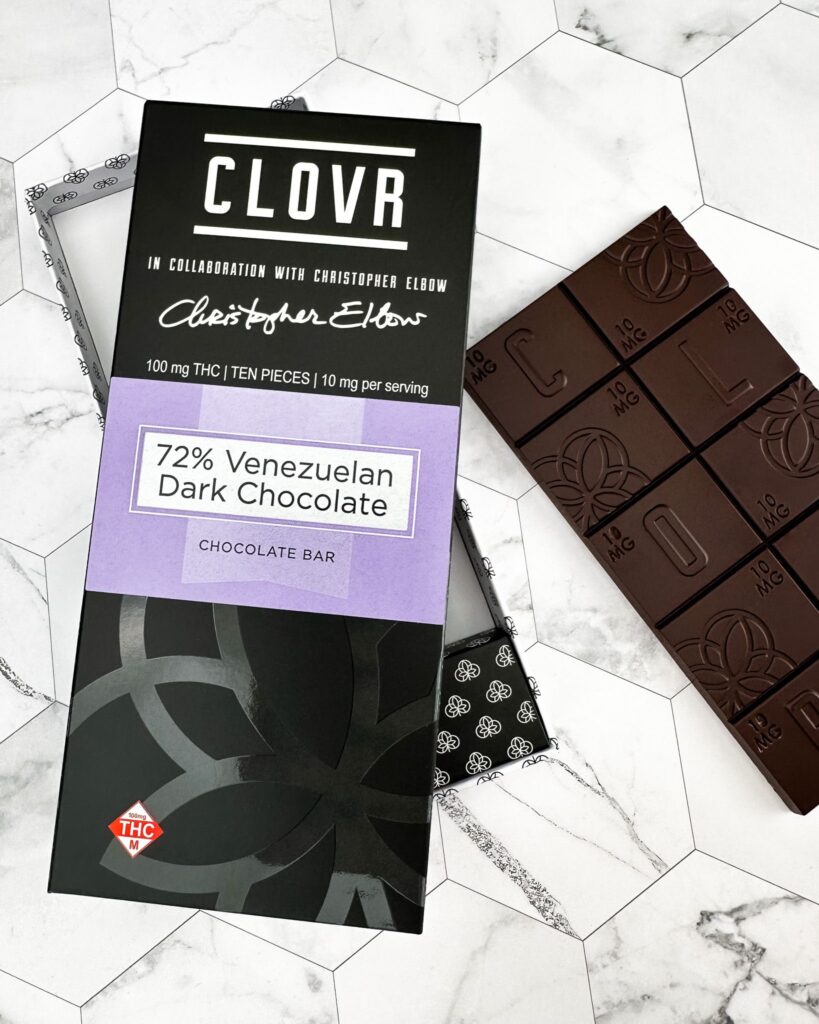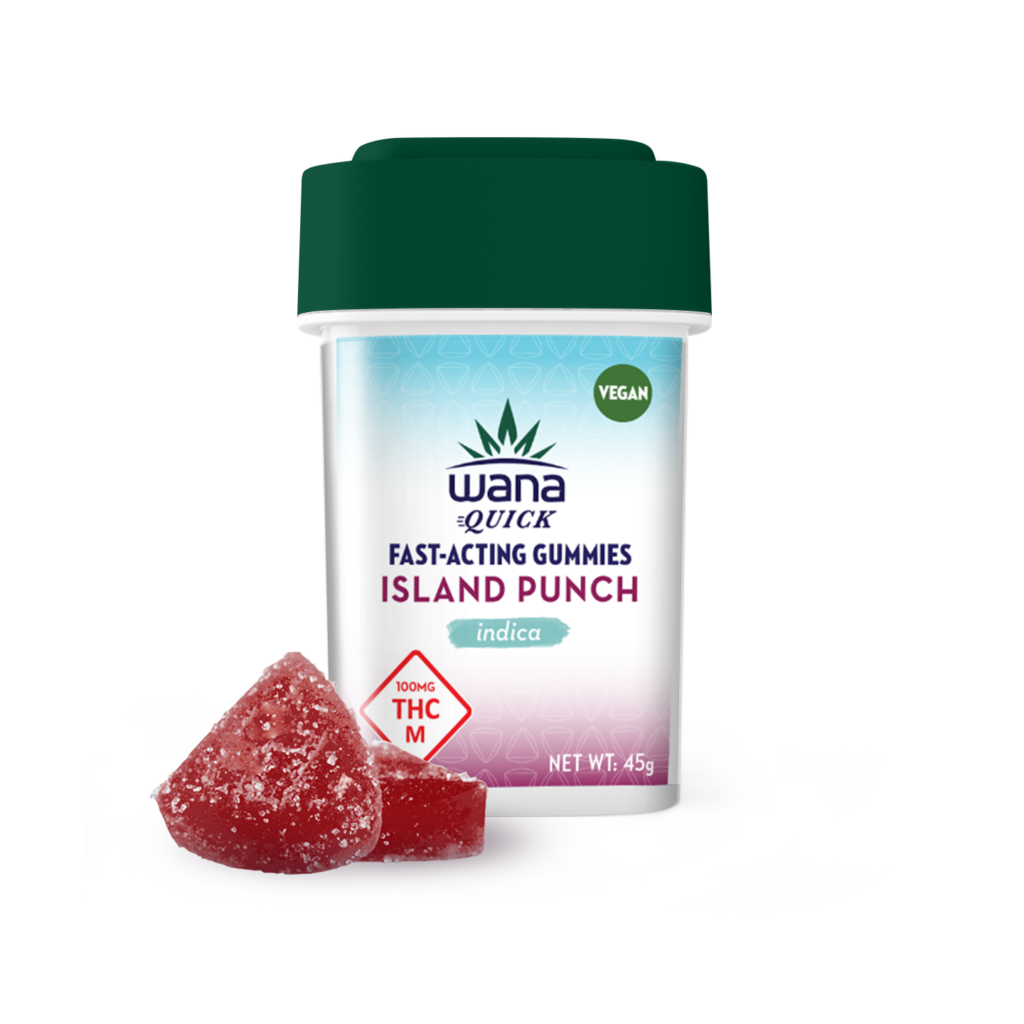There aren’t any effects on your packaging. How do I know how I am going to feel?
By Bethanie White
April 26 2023
Since adult use became legal in Missouri we have heard this quite a bit. It’s hard to explain without getting too “science-y” so we’ll try our best. If you’ve seen our chocolate bar or bonbon packaging, you’ll notice it doesn’t state ‘Sativa’, ‘Indica’, or ‘Hybrid’. Words that consumers have used for generations to help determine the effects of their cannabis. Will this make me fall asleep? Will this focus me? Will this energize me? So, what can you expect when it isn’t there?

Let’s get down to the basics of how cannabis-infused products are made. Cannabis oil is used when making edibles. Cannabis oil is made by taking the cannabis plant and extracting the oils from it – using a solvent in most cases – such as ethanol, CO2, butane, and others – leaving the rest of the plant behind. Most edibles are made using THC distillate, known for its potency and clarity. But making something so clear and potent means removing most of the plant compounds that give it the flavor, aroma, and strain-specific effects of that cannabis plant. Distillate is used in most edibles because it gives consumers the high without the “hashy” flavor.
CLOVR Chocolates use THC distillate. So as is the case with all THC, the effects will vary depending on the user. Start low and go slow to experience the effects specific to you. Cannabis edibles will also have different effects than an inhalable form of cannabis so keep that in mind as well if you are new to edibles.
Some edibles, such as Wana Gummies, list effects on their packaging in the form of Indica, Sativa, Hybrid, or a ratio. These effects are accomplished by adding botanical terpenes that carry the qualities of that plant back into the THC distillate.

This leads us to a new term: terpenes. There are two types of terpenes that contribute to cannabis products: botanical and cannabis terpenes, but terpenes exist in many other things than cannabis. Pine needles, lemon, lavender, mango, hops, black pepper, and many other things found in nature contain terpenes. This is what gives things their aroma, taste, and effects. When you think of a lemon, the primary terpene in lemon is called limonene and is known to be uplifting and smelling and tasting of citrus. Just like you imagine when you think of lemon. The same goes for lavender. Lavender has calming aromas that are known to help with sleep and anxiety. Certain cannabis strains have these same terpenes as well. Sour Diesel and Super Lemon Haze, for example, are high in limonene thus you get those citrus tones and uplifting effects. The terpenes extracted from cannabis flower are “cannabis-derived”. Terpenes taken from pine needles, lemons, mangos, lemongrass, etc. are botanically derived.
Wana adds botanically derived terpenes to its THC distillate to create consistent effects and flavors in its gummies. Why botanically derived versus cannabis-derived? The botanically derived terpenes have had more testing done and have proven to be more consistent than cannabis terpenes, thanks in part to cannabis not being federally legal.
This is just scratching the surface of the intricacies of the cannabis plant, its effects, and how it can be used. Reach out to CLOVR with any questions.